We Need to Go Deeper – the Blueschists and Eclogites of Oman
By Nick Carpenter ’21
Have you ever wondered what goes on deep within the Earth, far deeper than any human has ever ventured? Well look no further, for the Earth leaves behind clues of what takes place down there, clues that are millions of years in the making and occur at special locations around the world, one such location is in northern Oman along a spectacular and secluded beach.
Oman is well known for its Semail Ophiolite, being the world’s largest and most complete ophiolite complex. Ophiolite, a sequence of rocks that comes from the Earth’s oceanic crust and upper mantle, or lithosphere, is especially valuable to geologists as a means of studying tectonic and magmatic processes from part of the Earth that is otherwise inaccessible. But much like the Minecraft achievement, we need to go deeper – to the high pressure metamorphic rocks that occur structurally below the Semail Ophiolite and are exposed in the Saih Hatat tectonic window. To the southeast of Muscat, along the coast of the Gulf of Oman, lies the village of As Sifah, an area well known for its extraordinary metamorphic rocks – blueschist and eclogite.
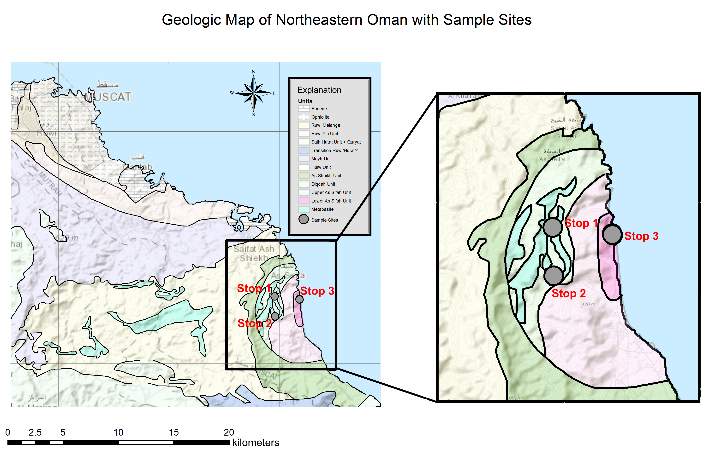
Figure 2. Geological map showing the rock units southeast of Muscat, Oman from the Mesozoic to the Tertiary. Sites where rock samples were collected for my research project are marked by dots (modified after Massonne et al. 2013).
But what are blueschists and eclogites? To understand them, let’s look at a metamorphic facies diagram. Metamorphic facies are sets of mineral assemblages that form under similar temperature and pressure conditions in metamorphic rocks. Metamorphic rocks with certain minerals can therefore be linked to specific tectonic settings. Since they are gradational and approximate, the boundaries between the facies are shown as wide bands.

Figure 3. Metamorphic facies diagram illustrating in temperature – pressure – depth space (After Strekeisen). The black and white dot indicates the peak metamorphic conditions experienced by the As Sifah eclogites and blueschists (data from by El-Shazly et al., 1990).
Blueschists are rocks formed by regional metamorphism in subduction zones, meaning its protolith (parent rock or the original, un-metamorphosed rock), likely a sea floor basalt, was metamorphosed due to heat and pressure affecting rocks over an extensive area accompanied by deformation under differential stress conditions. The resulting rock is strongly foliated as the mineral grains are arranged parallel, giving the rock a “striped” appearance. If you look at the facies diagram, you’ll see that the blueschist facies result from high-pressure (P >6 kbar) low-temperature (T ~300˚ Celsius) conditions and correspond to depths of ~20 to 40 km. As a reference, ocean crust is generally only 6-10 km thick. The tectonic environment blueschists are formed in the subduction zone. The presence of HP/LT index minerals like glaucophane, lawsonite, aragonite, jadeite, and deerite characterize blueschists. The “blue” color of the rock, and subsequently its name, comes from the predominant minerals glaucophane and lawsonite.
Let’s say we take our rock from the blueschist facies and subduct it even deeper, descending further into the Earth’s mantle and subjecting it to higher pressures. What happens is the glaucophane reacts with albite (plagioclase feldspar) to form omphacite (clinopyroxene), and chlorite breaks down to form garnet (often pyrope or Mg-rich almandine), effectively transforming our blueschist facies into eclogite facies. This facies requires high pressure (P >12 kbar) and high temperatures (T >400˚ Celsius), corresponding with burial to a minimum depth of ~40 km.
Eclogite is known as the “Christmas” rock for its striking appearance of red to pink garnet in a green matrix of sodium-rich pyroxene (omphacite). Accessory minerals include an alphabet soup of minerals including kyanite, rutile, quartz, lawsonite, coesite, amphibole, phengite, paragonite, zoisite, dolomite, corundum, and, rarely, diamond. Rutile, kyanite, and quartz are also typically present.
So we know that blueschists and eclogites have to make a journey deep within the earth, but how do they find themselves back on the surface for a geologist to collect and study? First of all, in order for blueschists and eclogites to be preserved, the rock must be exhumed fast enough to prevent total thermal equilibration of the rocks as it comes back towards the Earth’s surface. A way this can happen is through rapid flow and/or faulting in accretionary wedges or the upper parts of subducted crust. Another way is through buoyancy, granted the rocks are associated with low-density continental crust.
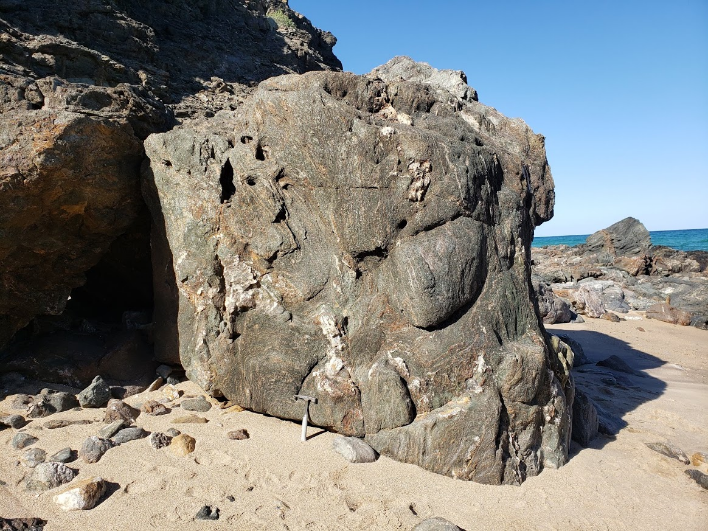
Figure 6. Large eclogite outcrop on the beach of As Sifah. Rock hammer for scale is approximately 30 cm long.
My senior research project is focused on understanding the structural geometry of Oman’s blueschists and eclogites, whose protoliths are approximately 110 million years old and were metamorphosed ~80 million years ago (which coincides with the emplacement of the Semail Ophiolite during the Mid to Late Cretaceous). Our goal is to conduct strain and vorticity analyses in order to determine what type of deformation and kinematic processes these rocks enjoyed. When studying strain and vorticity, we ask what type of shear and 3D strain occurred. Shear can be divided into three categories: pure, simple, and general. Pure vs simple shear is a matter of squeezing vs sliding, and general shear is a combination of pure and simple shear. Strain can also be divided into three categories: constrictional, plane, and flattening with plane being the middle ground between constrictional and flattening. Strain deals with whether the deformation occurred by shortening in two directions with stretching in another (constriction), or being flattened like a pancake, in which the rock is stretched outward in two directions and shortened in the other. We hypothesize that these rocks enjoyed general shear and flattening strain that records the exhumation phase of deformation.
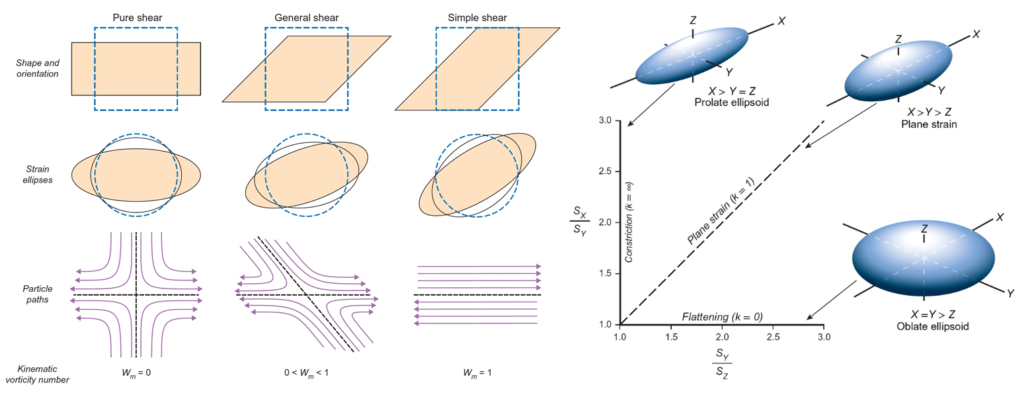
Figure 7. Diagram of the types of shear (left) and types of strain (right) (from Hatcher & Bailey 2020). Click on the image to enlarge.
In January of 2020, I had the amazing opportunity to travel to Oman to experience its wonderfully breathtaking geology and culture through William & Mary’s Natural History & Contemporary Culture of Oman (a.k.a. Rock Music Oman) course (read more about the details of our trip). On the sunny day of January 17th, our group studied three outcrops at As Sifah and I collected ten oriented and unoriented rock samples of metamorphic rocks that were, after obtaining the proper permits, later shipped back to the States for my research.

Figure 8. The ten samples of metamorphic rocks from As Sifah, Oman reposing in an office chair at William & Mary.
After the samples arrived at W&M, we cut slabs and small billets to make petrographic thin sections. By looking at these thin sections we can describe the mineralogy and identify the microstructures of our samples, which should reveal the type of shear and strain present.
My love of geology stems from my love of the Earth and what it has to offer. Having a father that has dedicated his life to marine conservation, I developed a curiosity toward the natural Earth. As a child, I had the habit of picking up rocks and shells that caught my eye from the places I’ve traveled to in order to capture and treasure the beauty of the natural world. But that child was unaware of the true extent of the stories that can be told from such small things. It is through studying geology at William & Mary that I unlocked the ability to understand these stories that the Earth tells us in subtle ways. I can thank the department for cultivating an environment that encourages us to be curious and unconditionally love geology. I could think of no better way of finishing off my William & Mary experience – conducting research on some of the most interesting and unique rocks that the world has to offer.
Comments are currently closed. Comments are closed on all posts older than one year, and for those in our archive.

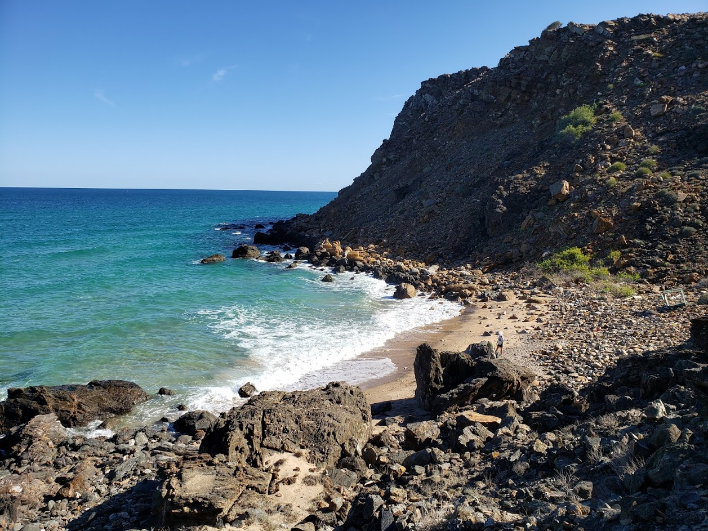
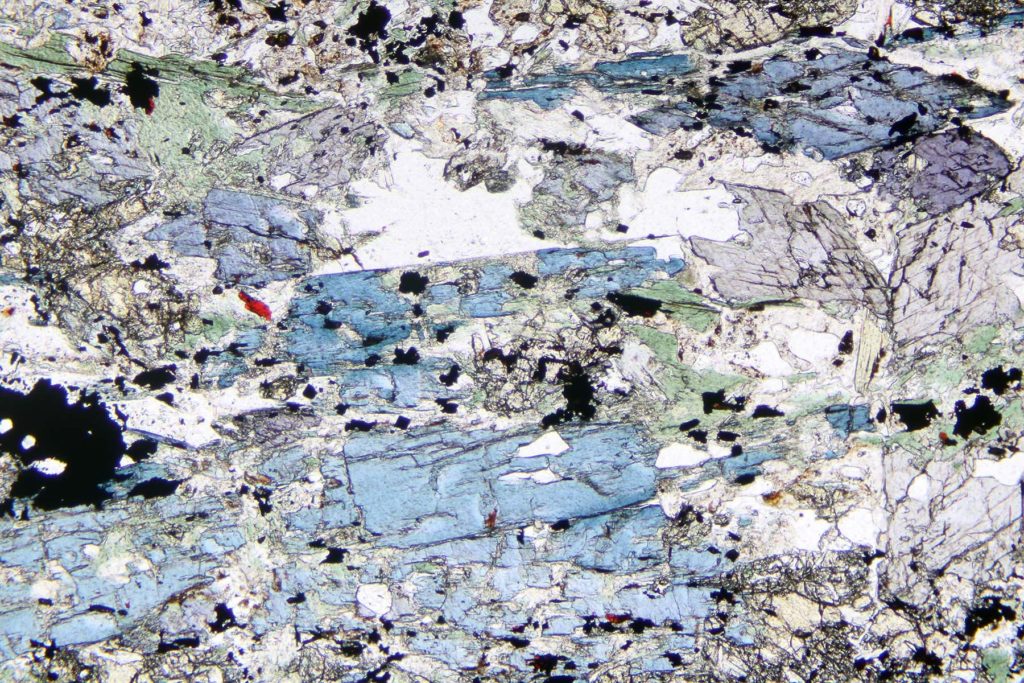
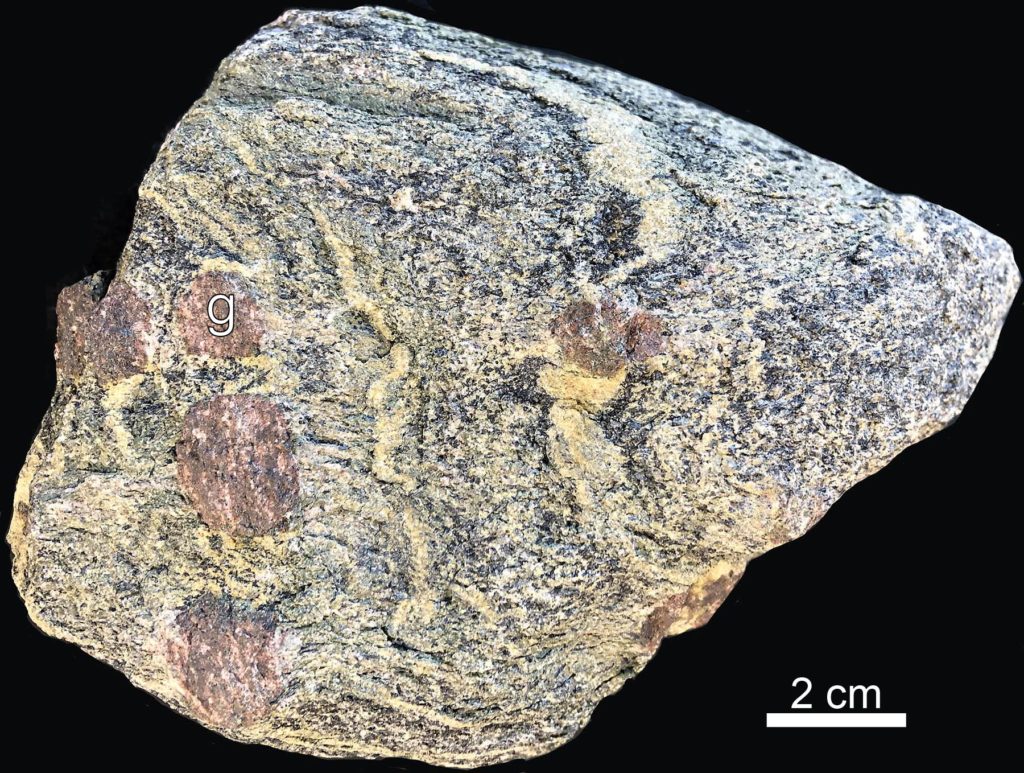



This is awesome, Nick! I absolutely love the picture of the thin sections. Such beautiful rocks from such a grand location! Thanks for sharing!
This is wonderful, Nick! You have a gorgeous rock and some amazing figures!